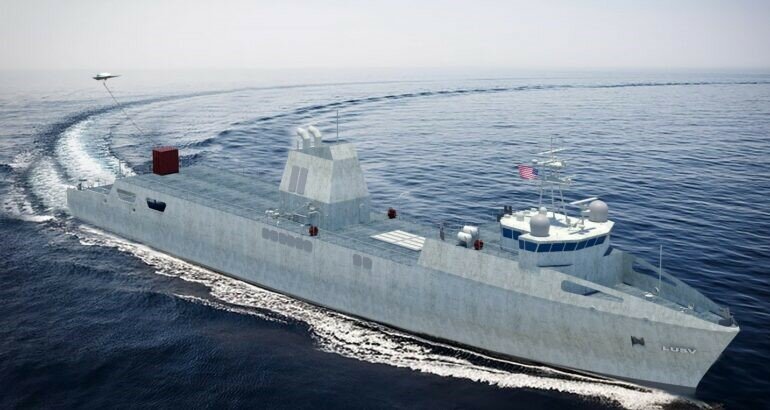BB1984
I really should change my personal text
- Joined
- 21 August 2011
- Messages
- 121
- Reaction score
- 200
My understanding is that this is one of the schisms among the robotic fleet proponents: those advocating for truly unmanned vs. minimally manned.Regarding unscheduled maintenance, I am pretty sure that unmanned doesn't translate into deserted during peace time. There would probably be some form of maintenance and monitoring crew onboard on such large (and sensitive!) vessels.
Remark that most of their time at sea will be for force training and defense posture. A robotic fleet doesn't need training, albeit constant testing.
- Unmanned comes with cost savings. both direct, e.g., salary, and indirect, e.g., ship tonnage for food, potable water, accommodations etc.
- Minimally manned has cost disadvantages but has humans for complex, or just unforeseen, situations where the AI/programming falls short
Some of it will all come down to the ConOps: a "loyal wingman" robot ship, that could even be remotely operated during especially tricky times, is a much less daunting proposition than an independently operating vessel.
I think cars provide a useful model here: while self driving, fully autonomous cars remain experimental, we've seen a profusion of specific features from them become commonplace, e.g., cars parallel park themselves, can do highway cruising on their own, can do emergency stops to avoid collision, and so on . . Based on this, the BB1984 plan would be:
- have multiple, autonomous vessel research programs going on
- implement proven features from the research programs into manned ships to reduce crew requirements
- try to implement a "loyal wingman" vessel first that can not only draw on resources and remote operation from a parent ship, but also be "temporarily crewed" for especially complex, short term operations







